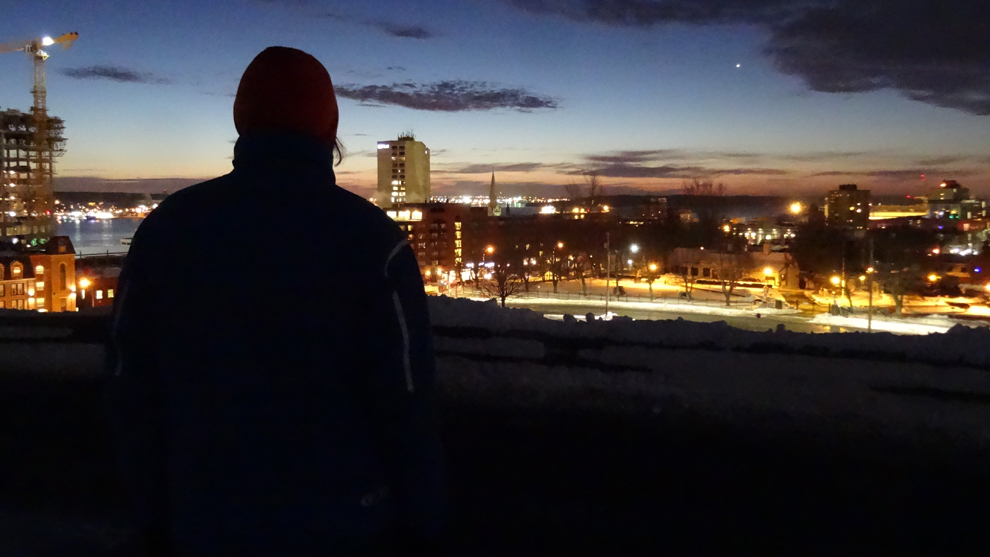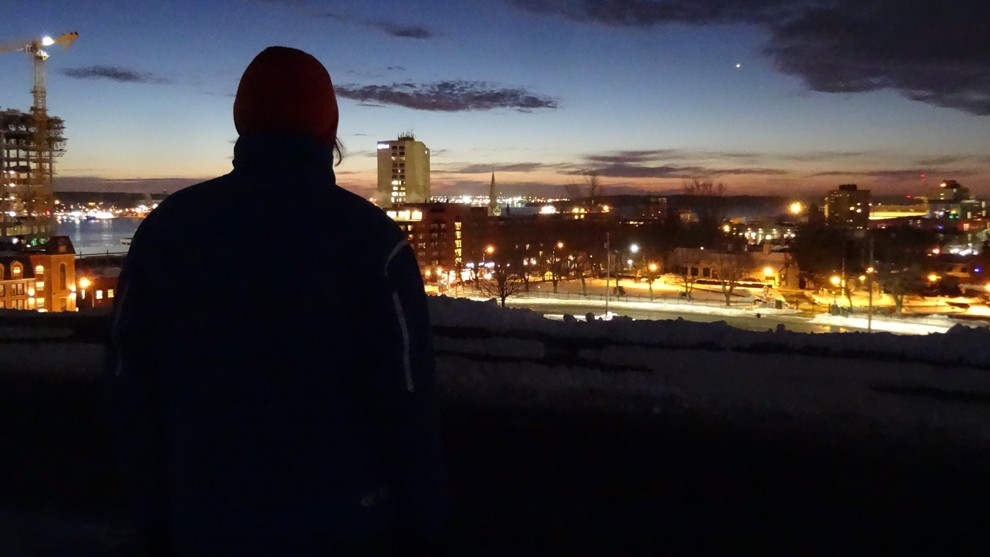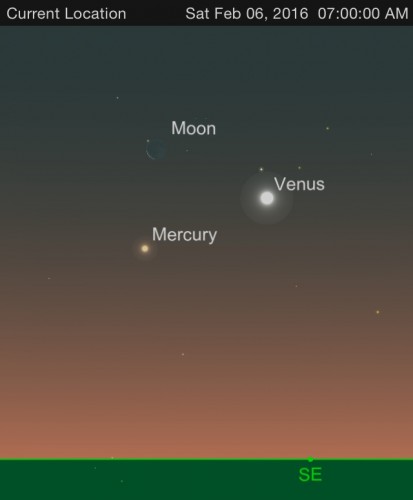Science
Bright planets align for first time in a decade
The closest planets are all visible at the same time. Here’s the science behind it and the best places to get a look in Halifax

caption
Looking south over Halifax from Citadel Hill, just before dawn. Venus is clearly visible as a bright point in the sky.
caption
Looking south over Halifax from Citadel Hill, just before dawn. Venus is clearly visible as a bright point in the sky.For the first time in more than a decade, the five closest planets to Earth are all visible at the same time.
Over the next couple of weeks, the planets can be seen with the naked eye just before dawn. The last time this happened was in January 2005.
Dave Lane, director at the Burke-Gaffney Observatory at Saint Mary’s University, explains that the phenomenon happens because of the way the planets orbit the sun. Related stories
“The planets are all going round the sun at different rates. They’re not correlated with each other. They’re not in multiples. So occasionally you’re going to get bunching of them in the sky,” he says.
Planets align
The five planets will line up across the sky from southeast to southwest. In the northern hemisphere looking south, Mercury will be furthest left, just above the horizon. Next will be Venus, followed closely by Saturn. Mars will be higher in the sky and Jupiter will be furthest right, well above the horizon.
From Earth, the planets look aligned, but in reality this isn’t the case. In 3D space, the planets are actually at different distances.
“For example, Saturn is 10 and a half times the sun’s distance. Right next to it is Venus, which is only one and a third the distance of the sun,” says Lane.
This means Venus is only just past the sun, while Saturn is more than ten times the distance between the Earth and the sun, but they appear next to each other in the sky.
The planets appear as though they are in a line due to the way the solar system formed. Initially, it was a rotating gas cloud. Over time, this collapsed into a disc shape with the sun at the centre and the planets orbiting on the same plane.
“When you look out from the Earth, in any direction, all of the planets and the moon are going to be more or less along this band in the sky,” says Dave Chapman, vice-president of the Halifax centre of the Royal Astronomical Society of Canada. “But now they’re in a swath. That means you can take them in in one view.”
Get up high

caption
Rendering of the positions of Mercury, Venus and the moon for Feb. 6.Chapman is also the current editor of the RASC’s annual observer’s handbook. He says the biggest challenge to seeing all five planets at the same time will be finding Mercury, because it is so close to the sun. This means it’ll only be visible shortly before sunrise and is very low in the sky.
“What you need to do is go up. You’ve got to go up on Citadel Hill or Fort Needham, any place that’s high. What you don’t want is trees or buildings in the southeast direction,” says Chapman.
The best chance to spot Mercury is around Feb. 6. At this point it will be the farthest it gets from the sun and right next to Venus, the brightest of all the planets.
The key points for seeing all five planets are:
- Find a low horizon – either get up high or find somewhere with nothing in the way to the southeast, such as the waterfront.
- Pick a clear morning – snowstorms don’t make for good astronomy weather.
- Get up early – all five planets are only visible for about half an hour before dawn; around 6:30 a.m.
- Find Venus – Venus is the brightest object in the sky. It will be towards the southeast and a little above the horizon. The other planets will be in a line with Mercury down to the left and the other three up to the right.
To get a better idea of where to look, try this.
Set the date and time. Hit the globe symbol to see where the planets are in the solar system or click on the telescope to see where they will be in relation to the horizon.
For more advice, get in touch with Astronomy Nova Scotia.

